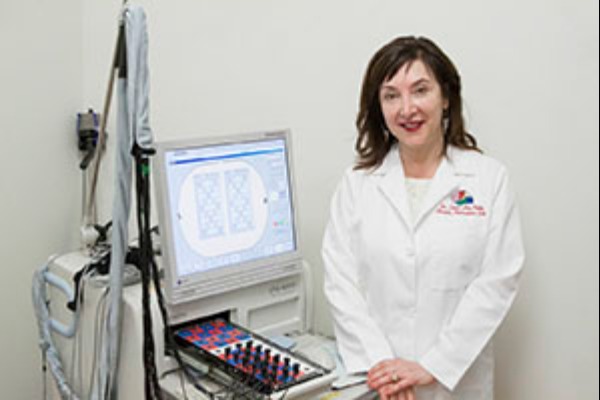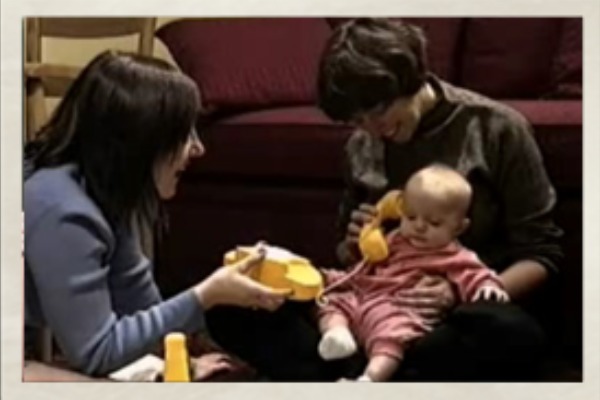Petitto and Gallaudet team publish pivotal paper on Visual Sign Phonology


Distinguished cognitive and educational neuroscientist Dr. Laura-Ann Petitto is the lead author on a groundbreaking paper laying out a theory of visual phonology and describing the insights this theory provides into how the human brain is able to build equally an universal phonological level of language organization from both signed and spoken languages.
"Visual Sign Phonology: Insights into Human Reading and Language from a Natural Soundless Phonology" appears in the 2016 issue of WIREs-Cognitive Neuroscience, a peer-reviewed journal. A bilingual English and American Sign Language summary is available on YouTube. As of August 3, 2016, WIREs has made access to the paper free to the public for a limited time here.
The article’s co-authors are Dr. Clifton Langdon, assistant professor in Gallaudet University’s Ph.D. in Educational Neuroscience (PEN) program; Adam Stone, Diana Andriola, and Geo Kartheiser, PEN students; and Casey Cochran, Ph.D. student in linguistics at Gallaudet.
"This publication marks an important new scientific understanding with striking transformative translational implications for society, especially involving the education of all deaf children” says Petitto, co-principal investigator and science director of the National Science Foundation and Gallaudet University Science of Learning Center, Visual Language and Visual Learning (VL2) and founder and scientific director of her Brain and Language Laboratory for Neuroimaging (BL2).
“It is the first theoretical articulation of the significance and origins of the discovery of a visual phonology for our species, as well as of how the human brain creates this ‘phonology,’” she says. “This paper marks a milestone in our understanding of the human brain and how and why all babies’ brains build a phonological level of language organization in early life — whether a silent phonology on the hands in signed languages or a sound phonology on the tongue in spoken languages. This new understanding of phonology leads us to better understand how to support language learning and reading in all children, particularly the acquisition of successful reading in the young deaf child.”
Petitto and babyThe article consolidates decades of Petitto’s work on phonology — from her first studies in the 1970s on the absence of phonology in chimpanzee communication to her work with Dr. William Stokoe on ASL phonology, her discovery of the existence of phonetic-syllabic (phonological) babbling on the hands in young sign-exposed deaf babies, and her findings that visual and sound-based phonology are processed equally and in the identical brain tissue.
Drawing powerful supporting evidence from other scientists’ research in psycholinguistics, developmental psychology, and cognitive neuroscience, the authors dispel the longstanding myth that sound and sound-based phonology are critical for young children to learn to read.
Because sound and sign are biologically equivalent in the human brain, what is fundamental to the process is not sound, Petitto says, but the segmentation of linguistic patterns in all languages, spoken or signed.
According to the article, much as hearing babies build a sound phonology from the bits of sound they hear around them, deaf babies build an equivalent phonological level of language organization from the bits of visual units within the visual language they see around them. Both groups of babies categorize those bits into phonetic and syllabic units, and as they learn to read, they make connections between this phonology and letters and words on the page.
“This paper spells out very clearly that sound is neither crucial for normal human language acquisition, nor for masterful reading,” Petitto says. “The evidence also shows the vital importance of early exposure to sign language.”
This early exposure to sign language does not disrupt, but supports, children’s ability to develop normal phonological knowledge and subsequently strong reading skills — skills potentially even stronger than their monolingual peers.
“Because of the universality of phonological processing in the brain,” Petitto says, “VSP has the powerful capability to facilitate all children’s reading success, even hearing children. This knowledge can impact how we teach children to read for generations to come.”